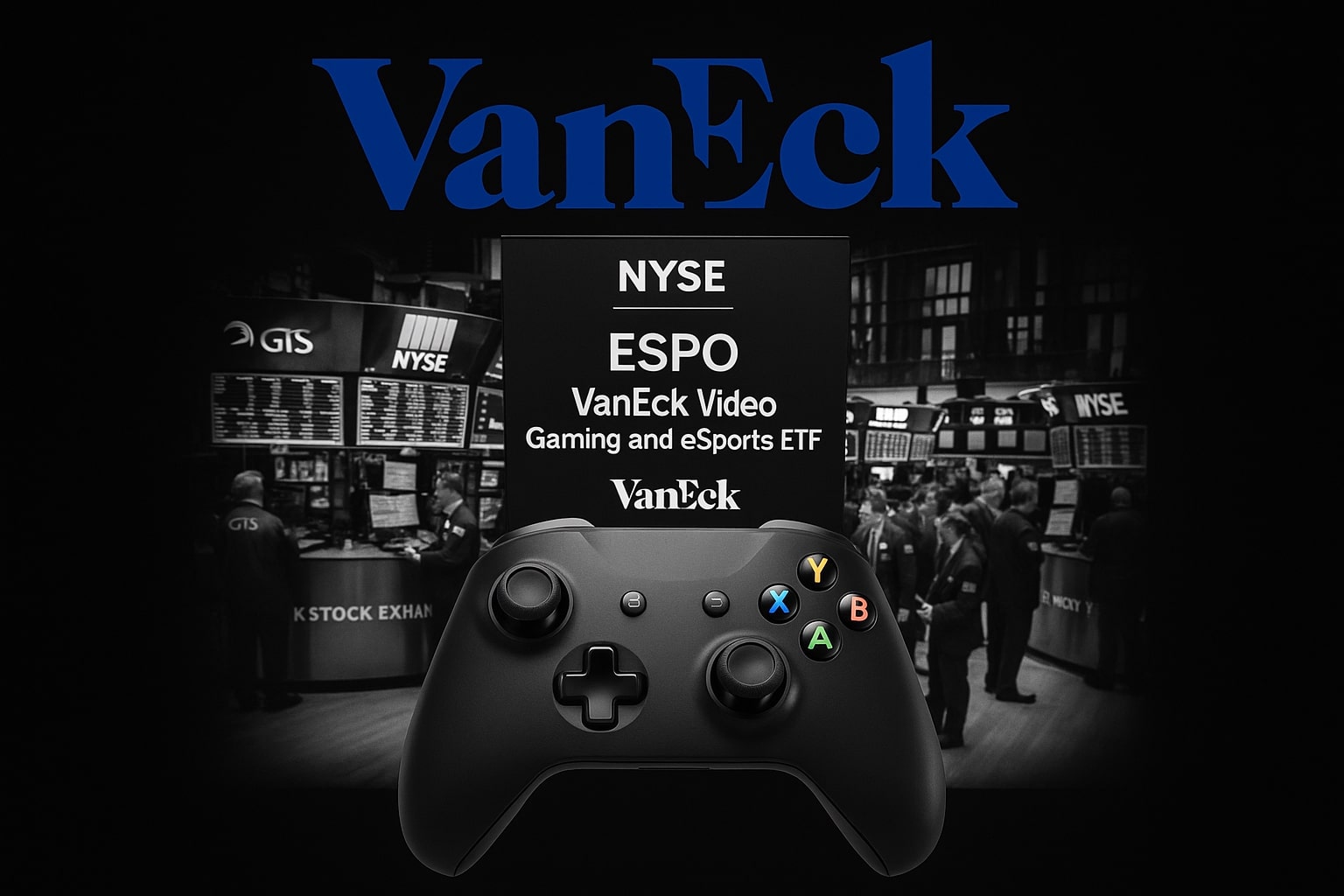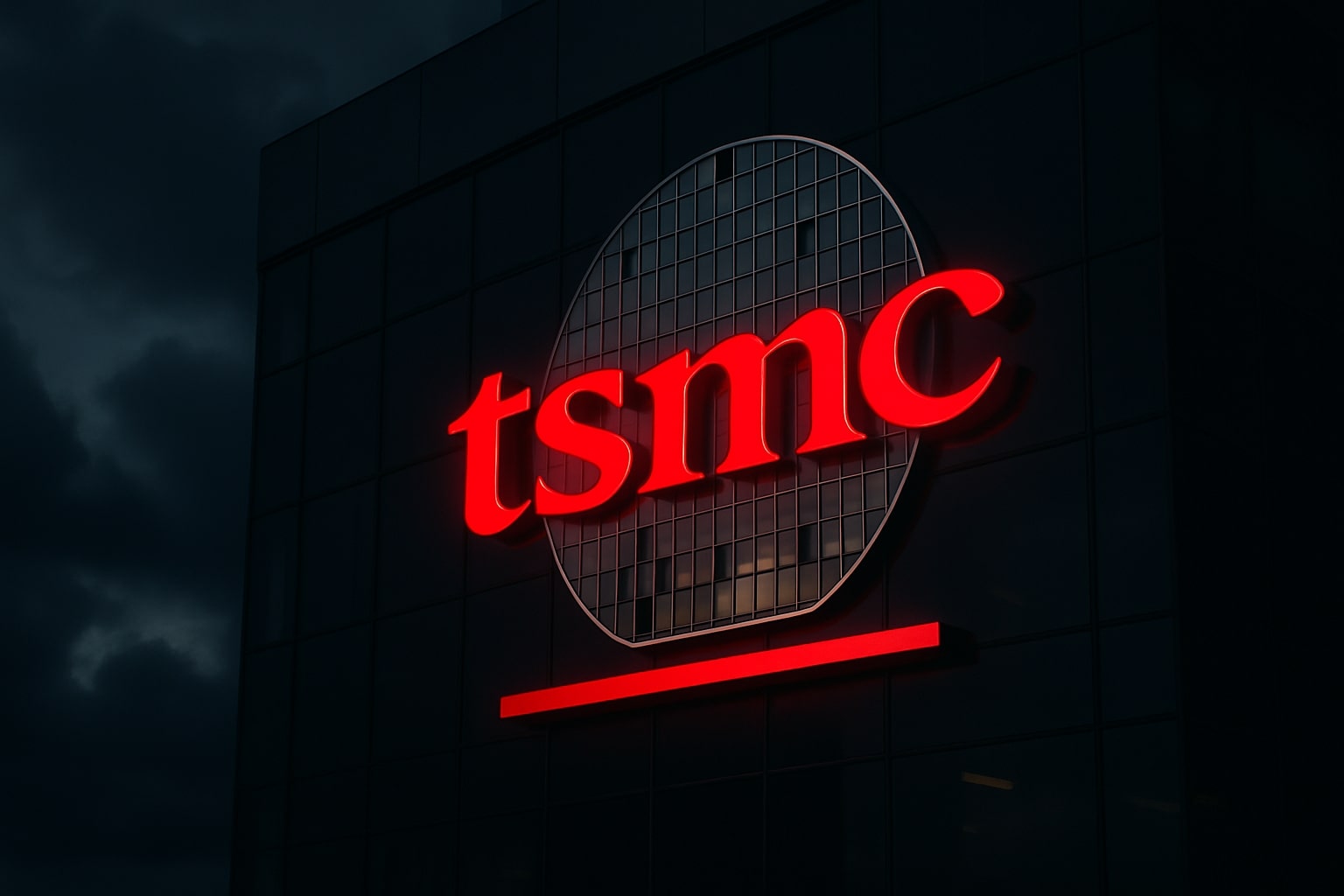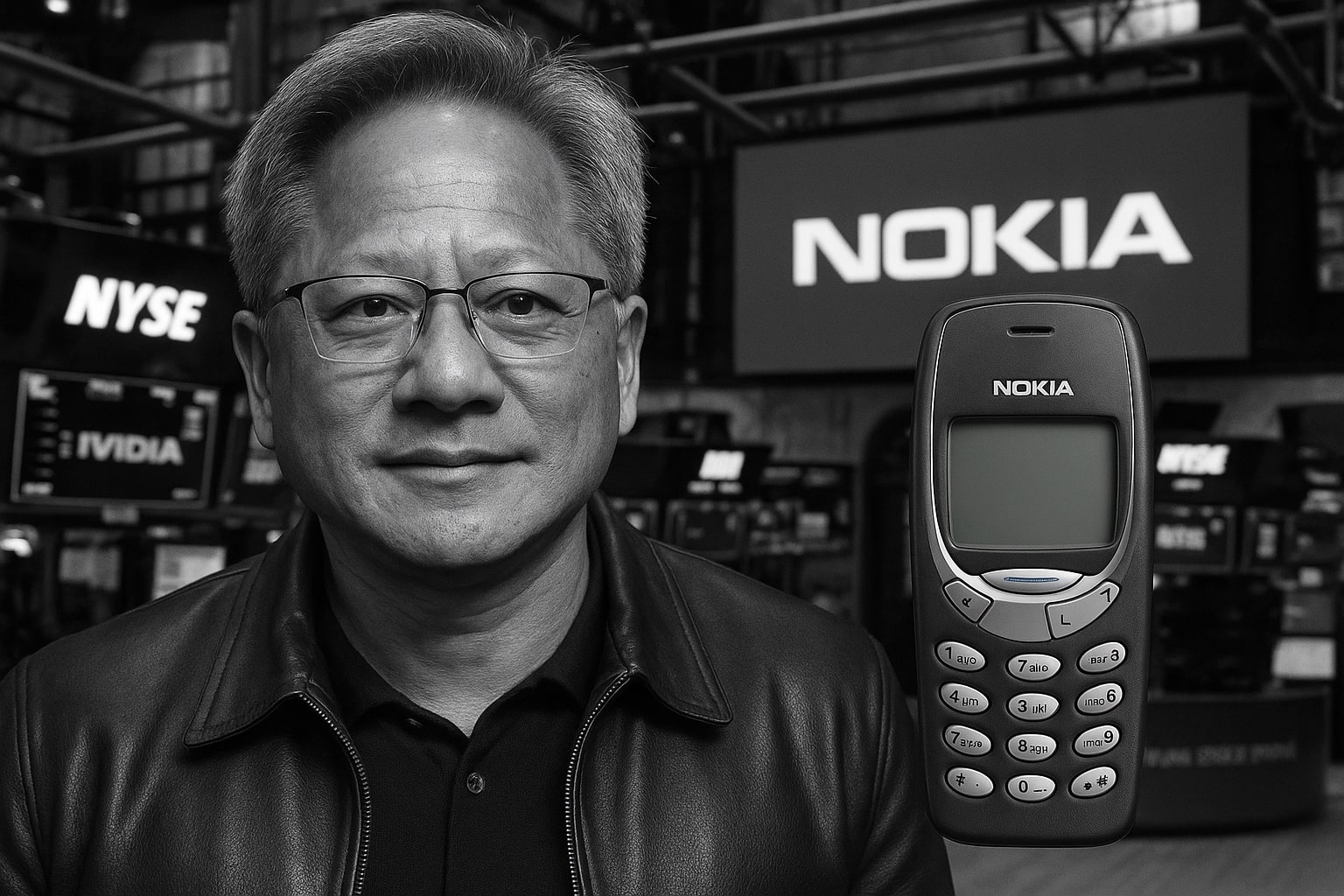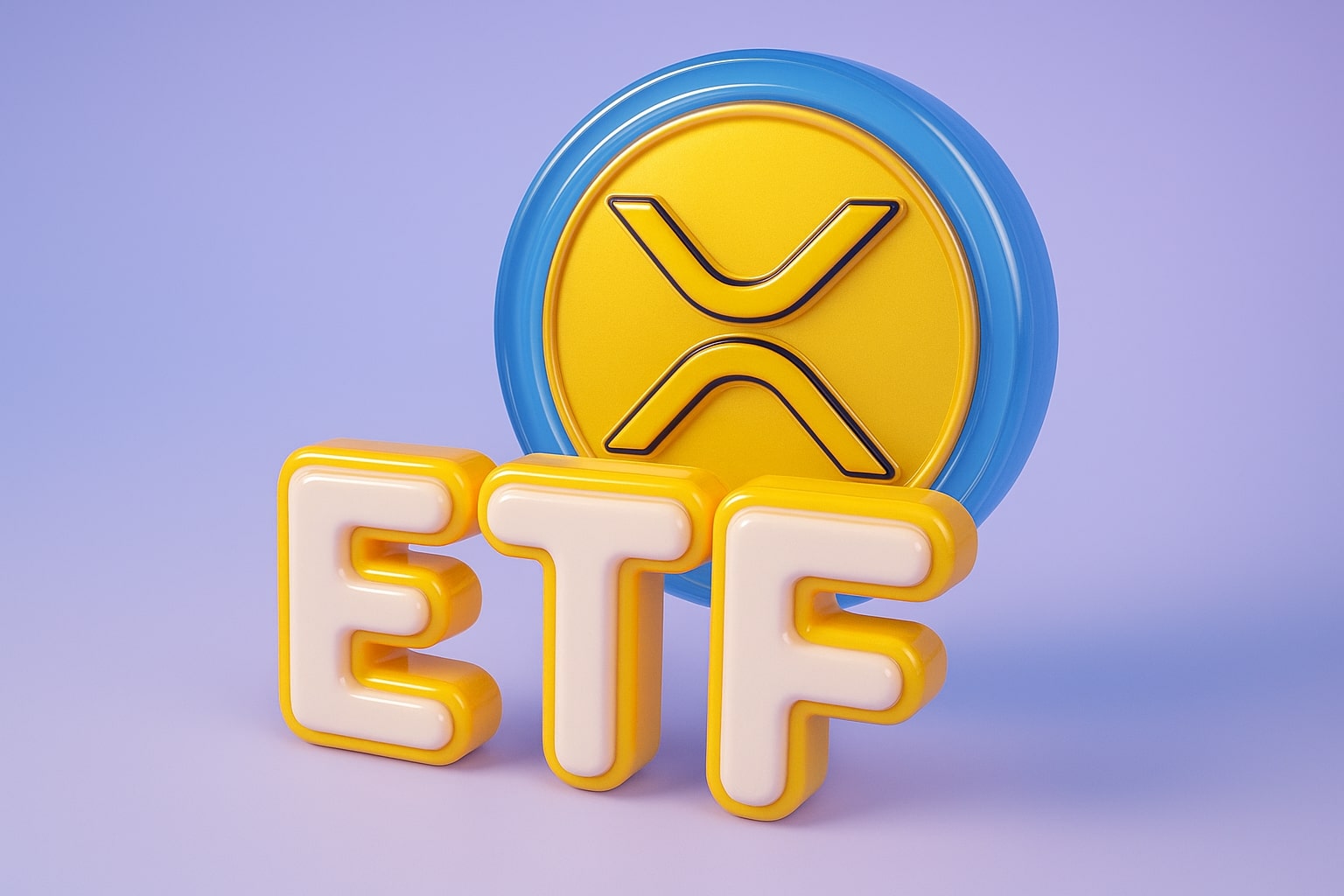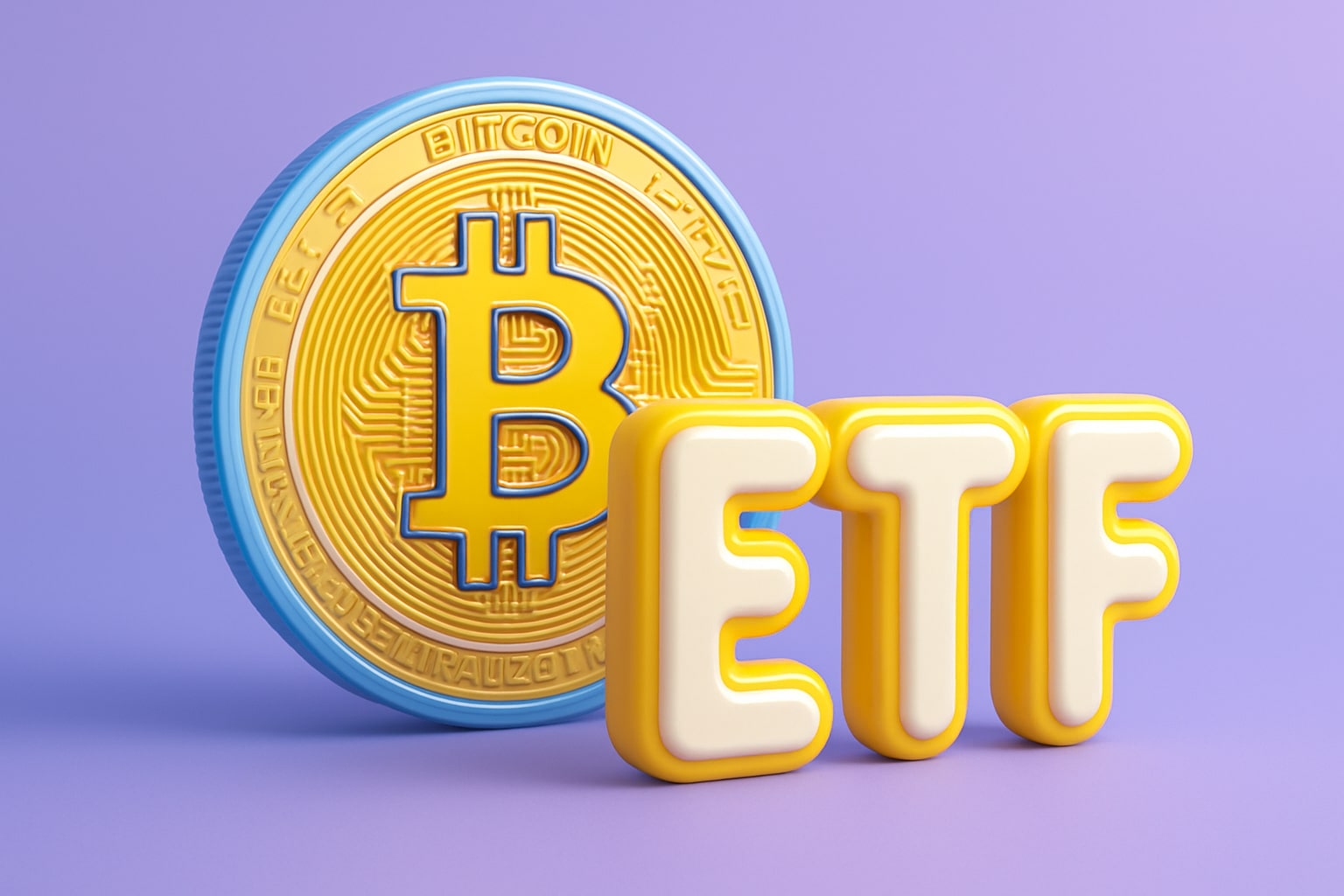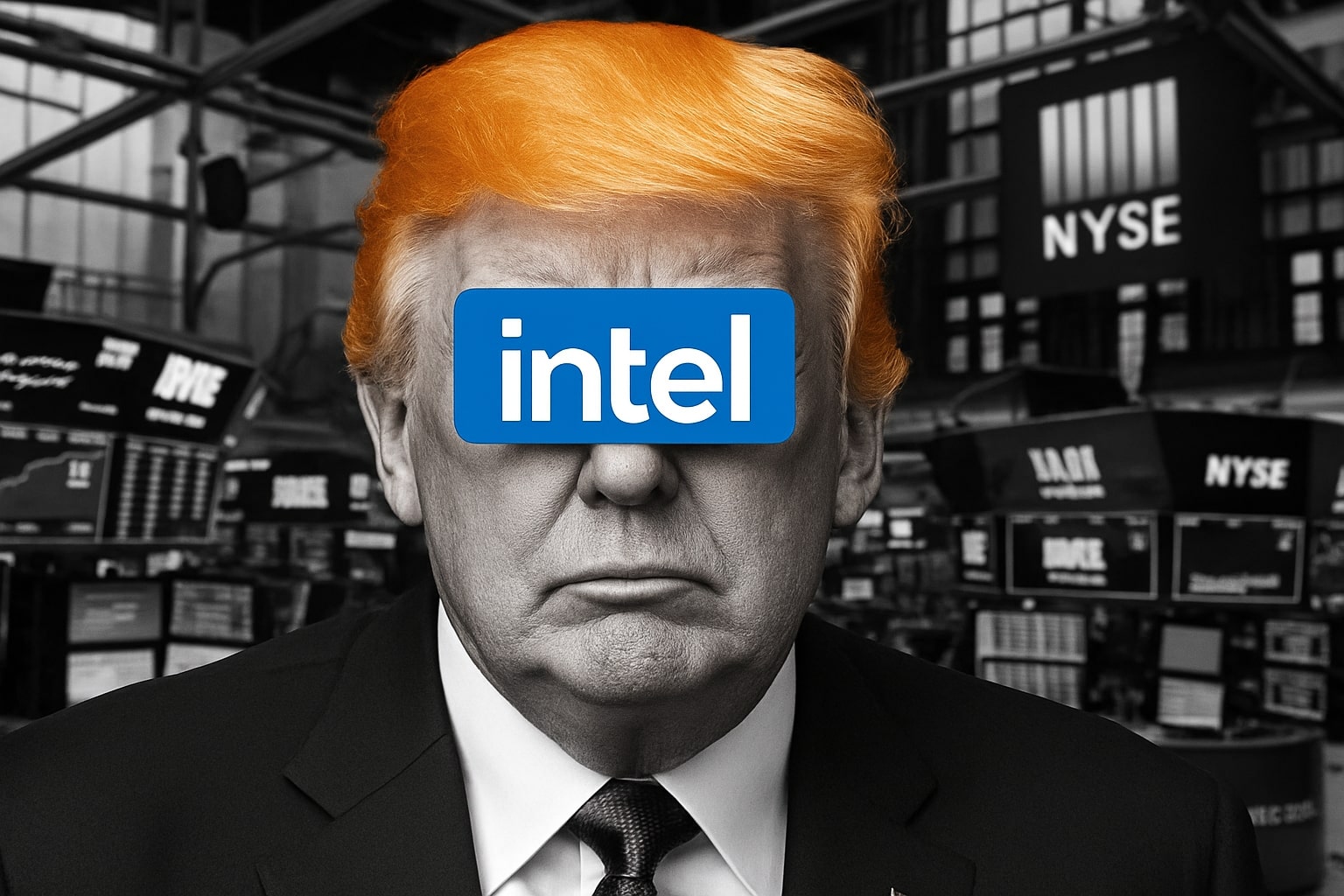
Intel Stock Price Forecast - INTC Shares Rockets to $42.28, AI Bets and $15B Funding Ignite 2025 Comeback
A 90% year-to-date rally crowns Intel’s stunning turnaround after a $4.06 B Q3 profit, record AI-chip momentum, and multi-billion-dollar backing from Washington, Nvidia, and SoftBank, propelling shares to an 18-month high and reshaping U.S. semiconductor dominance | That's TradingNEWS
Intel’s Stock Price Explosive Comeback Fueled By AI And $15 B In Strategic Investments
Intel Corporation (NASDAQ:INTC) has staged one of 2025’s most dramatic turnarounds, rallying over 90% year-to-date to trade near $42.20, its highest level in nearly two years. The stock surged following a Q3 2025 profit surprise, a $15 billion capital lifeline from major investors including the U.S. government, Nvidia, and SoftBank, and CEO Lip-Bu Tan’s bold shift toward AI-driven chip production. The U.S. government’s 9.9% stake worth roughly $8.9 billion, Nvidia’s $5 billion partnership, and SoftBank’s $2 billion buy-in together injected confidence and liquidity into Intel’s balance sheet, pushing its market capitalization beyond $201 billion.
Earnings Rebound Marks The First Profitable Quarter Since 2023
Intel’s Q3 2025 results validated the comeback narrative. Revenue rose to $13.65 billion, up 2.78% year-over-year, while net income jumped 124% to $4.06 billion. The company delivered earnings per share of $0.23, far above the $0.01 consensus estimate. Gross margins surged to 40%, up sharply from 36% the prior quarter, reflecting deep cost-cutting and restructuring efforts under Tan’s leadership. Intel’s operating expenses fell nearly 20% to $4.36 billion, signaling a leaner, more focused organization. The quarter’s strong free cash flow of $4.59 billion, up 259% YoY, helped stabilize liquidity while the cash balance climbed to $30.94 billion.
Restructuring Drives Cost Efficiency And Margin Recovery
CEO Lip-Bu Tan has executed a decisive reset. Intel cut more than 20% of its workforce, streamlined its foundry operations, and sold non-core assets including a stake in Altera FPGA and Mobileye, generating billions in proceeds. These measures drove a net profit margin of 29.8%, a 124% YoY increase, and reduced liabilities to $87.78 billion, down 1%. Intel’s balance sheet now holds $116.7 billion in equity, reinforcing solvency even after massive capital investments. CFO David Zinsner confirmed that demand in data-center chips outpaced supply during Q3 as enterprises upgraded servers for AI workloads—a signal that Intel’s turnaround is being met by real market demand.
AI And Foundry Expansion Form The Core Of Intel’s Strategy
At the heart of Intel’s recovery lies its aggressive pivot to AI-centric chipmaking. The upcoming Panther Lake processors—built on Intel’s advanced 18A (≈2 nm) process—will begin mass production by the end of 2025, marking a key milestone in Intel’s manufacturing evolution. The new Clearwater Forest data-center CPUs, expected in 2026, will further expand AI-optimized workloads across cloud infrastructure. Intel’s Arizona Fab 52 is now fully operational, supported by government capital injections. Tan also announced plans for a new AI-GPU line to rival Nvidia’s accelerators in 2026, a strategic step toward regaining high-margin enterprise contracts. The firm expects $27 billion in 2025 CapEx, focused on scaling 18A capacity while pausing development of the next-gen 14A node until a major foundry client is secured.
Government And Industry Partnerships Bolster Long-Term Stability
The U.S. government’s near-10% ownership—part of the CHIPS Act initiative—positions Intel as America’s national champion in semiconductor security. Nvidia’s investment underscores an unlikely collaboration: co-developing hybrid AI chips on Intel’s manufacturing lines. Japan’s SoftBank joined with a $2 billion purchase through its Vision Fund, complementing these strategic alliances. Together, these backers have injected not just cash but confidence, enabling Intel to reduce debt, enhance liquidity, and strengthen credibility with global customers.
Intel’s Competitive Position Remains Under Pressure From Rivals
Despite its rally, Intel still lags behind peers. Nvidia (NASDAQ:NVDA) commands roughly 90% of the AI-accelerator market, while AMD (NASDAQ:AMD) has surged 80% YTD on custom AI-chip deals with OpenAI and Oracle. Intel’s market cap near $201 billion pales against AMD’s $350 billion and Nvidia’s $1 trillion, highlighting the scale gap. Its foundry ambitions continue to face execution risks as yield rates on 18A fabs lag behind Taiwan’s TSMC (NYSE:TSM), which leads in 2 nm process maturity. Intel acknowledged yields won’t reach “industry-acceptable” levels before 2027, implying that the technological parity goal remains distant.
Leadership Reform Targets Bureaucracy And Engineering Discipline
During his speech at the Future Investment Initiative in Riyadh, Tan admitted Intel’s stagnation stemmed from “too many management layers.” Since March 2025, he has restructured the hierarchy, emphasizing engineering excellence and rapid innovation cycles. Tan’s focus on execution contrasts sharply with the bureaucratic culture that plagued Intel’s prior leadership. His strategy has not only improved agility but attracted renewed political backing from Washington and corporate trust from industry peers.
Wall Street Split As Valuation Stretches Past Fundamentals
The market’s enthusiasm has driven NASDAQ:INTC to valuation extremes. At $42.28 per share, Intel trades at an eye-popping ~71× forward earnings, well above Nvidia’s 30× and AMD’s 40×. Analysts remain divided: the average 12-month target sits near $34, implying potential downside from current levels. Bank of America downgraded Intel to Underperform, citing overextension, while Deutsche Bank maintained a Hold with a $30 target. Still, some bulls like Mizuho Securities raised targets above $41, betting on government protection, AI tailwinds, and steady gross margin recovery.
Technical Indicators Point To A Short-Term Bullish Bias
Technically, Intel remains in an established uptrend. The 21-day EMA at $35.6, 50-day EMA at $31.5, and 200-day EMA at $25.8 all slope upward, confirming positive momentum. The RSI at 64 indicates room to climb before overbought conditions emerge. Short-term resistance lies near $42.50, while key support stands around $39.50–$38.00. Sustained volume above 150 million shares per day suggests strong institutional participation. Intel’s Price-to-Book ratio (1.77) and Return on Capital (1.34%) remain modest compared with peers, signaling that the rally is driven more by sentiment and future expectations than immediate fundamentals.
Read More
-
NASDAQ:ESPO ETF Hits $115.96 As AI Expansion and Record Switch 2 Launch Ignite Gaming Rally
28.10.2025 · TradingNEWS ArchiveStocks
-
XRPR Crosses $100M As XRP Soars To $2.66 — XRPI Holds $15.75 Range With $560M Whale Demand
28.10.2025 · TradingNEWS ArchiveCrypto
-
Natural Gas Price (NG=F) Steadies at $3.35 as Storage Surges and LNG Demand Anchors Market
28.10.2025 · TradingNEWS ArchiveCommodities
-
USD/JPY Price Forecast - Yen Dips to 152.00 as Yen Rises on Trade Pact and Fed Rate Cut Bets
28.10.2025 · TradingNEWS ArchiveForex
Geopolitical Factors And Domestic Policy Favor Intel’s Rebound
Intel’s new ownership structure aligns it tightly with U.S. industrial policy. With Washington restricting advanced-chip exports to China, Intel’s domestic production base positions it as a politically secure supplier for critical infrastructure and defense. However, the government’s equity stake could strain relationships in foreign markets wary of U.S. influence. Intel acknowledged in filings that regulatory reviews in China and the EU could affect future partnerships. Nonetheless, U.S. policymakers view Intel as central to national chip sovereignty, giving it preferential access to federal contracts and subsidies unavailable to global rivals.
Verdict – A Cautious Buy With 2026 As The Turning Point
Considering the financial rebound, geopolitical support, and execution under Lip-Bu Tan, Intel’s trajectory points upward but with measured risk. The stock’s rapid rise to $42 has priced in much of the short-term optimism, yet the AI and foundry strategy could unlock long-term growth if execution meets expectations. Technical momentum and insider accumulation support continued strength toward the $45–$47 range, while valuation remains a constraint. Based on current metrics, Intel (NASDAQ:INTC) is rated as a Cautious Buy, suitable for investors seeking exposure to U.S. semiconductor recovery backed by government capital and AI innovation, with 2026 set to determine whether this revival becomes sustainable.














